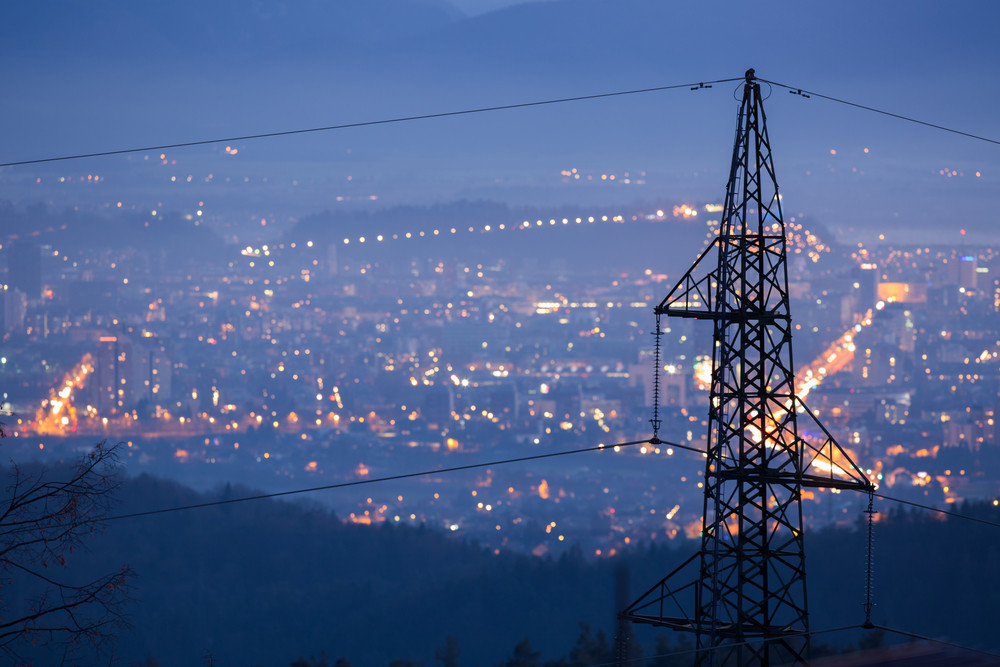Grids risks becoming a bottleneck in the clean energy transition; reforms needed says IEA
Electricity grids have long served as the backbone of the economy but the success of clean energy transition globally hinges on modernizing and expanding the existing grid suggests the latest report released by the International Energy Agency (IEA).
Through its study titled "Electricity Grids and Secure Energy Transition," IEA took a country-by-country stock of the grids worldwide and found signs that the grids are not keeping pace with the rapid growth of clean energy technologies such as additions of solar and wind power, electric cars, and heat pumps. If greater efforts are not taken by policymakers and investments are not enhanced, the shortfall in the reach and quality of the grid infrastructure could undermine energy security and national climate goals, IEA cautioned.
"The world must add or replace 80 million km of grids by 2040 – an amount equal to the entire existing global grids," IEA stated in the report. Other than expanding and modernizing the grid, the report also touches upon the need to bring about major changes to how the existing grids operate and are regulated.
"The recent clean energy progress we have seen in many countries is unprecedented and cause for optimism, but it could be put in jeopardy if governments and businesses do not come together to ensure the world's electricity grids are ready for the new global energy economy that is rapidly emerging," said Fatih Birol, Executive Director of IEA."This report shows what's at stake and what needs to be done. We must invest in grids today or face gridlock tomorrow."
The report identifies a large and growing queue of renewable energy projects awaiting approval to be connected to the grid, as an issue emerging due to the shortcomings of the existing grid. The report pinpoints that at least 3000GW of renewable power projects, of which 1500GW are in advanced stages, are waiting in grid connection queues – equivalent to five times the amount of solar PV and wind capacity added in 2022. Further, it notes, that investments in renewables have increased rapidly, nearly doubling since 2010, but global investment in grids have remained largely stagnant at around $300 billion per year.
While the report recommends modernizing and expanding grids, it also underscores taking decisive actions as quickly as possible since new grid infrastructure takes anywhere between 5-to-10 years to plan, secure permits, and be fully completed. This timeline is significantly longer when compared to 1-5 years for new renewable projects and less than 2 years for new EV charging infrastructure for electric vehicles.
A few of the strategic actions recommended by IEA for improving and expanding grid infrastructure include:
- Regulation needs to be reviewed and updated to support not only deploying new grids but also improving the use of assets.
- Expanding and strengthening grid interconnections within countries, between countries, and across regions to make electricity systems more resilient and to enable them to better integrate rising shares of solar and wind power.
- The government needs to support large-scale transmission projects to ensure grids are prepared for further strong growth in renewable power.
- Digitalization of the distribution grids and enabling flexibility through demand response and energy storage.
- To meet national climate targets, grid investment needs to nearly double by 2030 to over USD 600 billion per year after over a decade of stagnation at the global level, with emphasis on digitalizing and modernizing distribution grids.
The report acknowledges that the most important barrier to grid development differs by region. The financial health of utilities is a central challenge in a few countries, including India while access to finance and high cost of capital are key barriers in many emerging and developing economies. For these countries, the report recommends financial barriers can be addressed by improving the way grid companies are remunerated, driving targeted grid funding, and increasing cost transparency.
For regions such as Europe, the United States, Chile, and Japan, the strongest barriers relate to public acceptance of new projects and the need for regulatory reform. For these issues, the report recommends that policymakers can speed up progress on grids by enhancing planning, and ensuring regulatory risk assessments allow for anticipatory investments and streamlining administrative processes.











